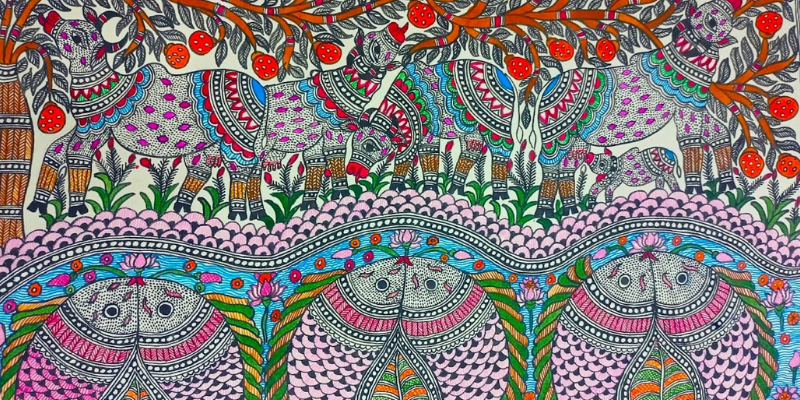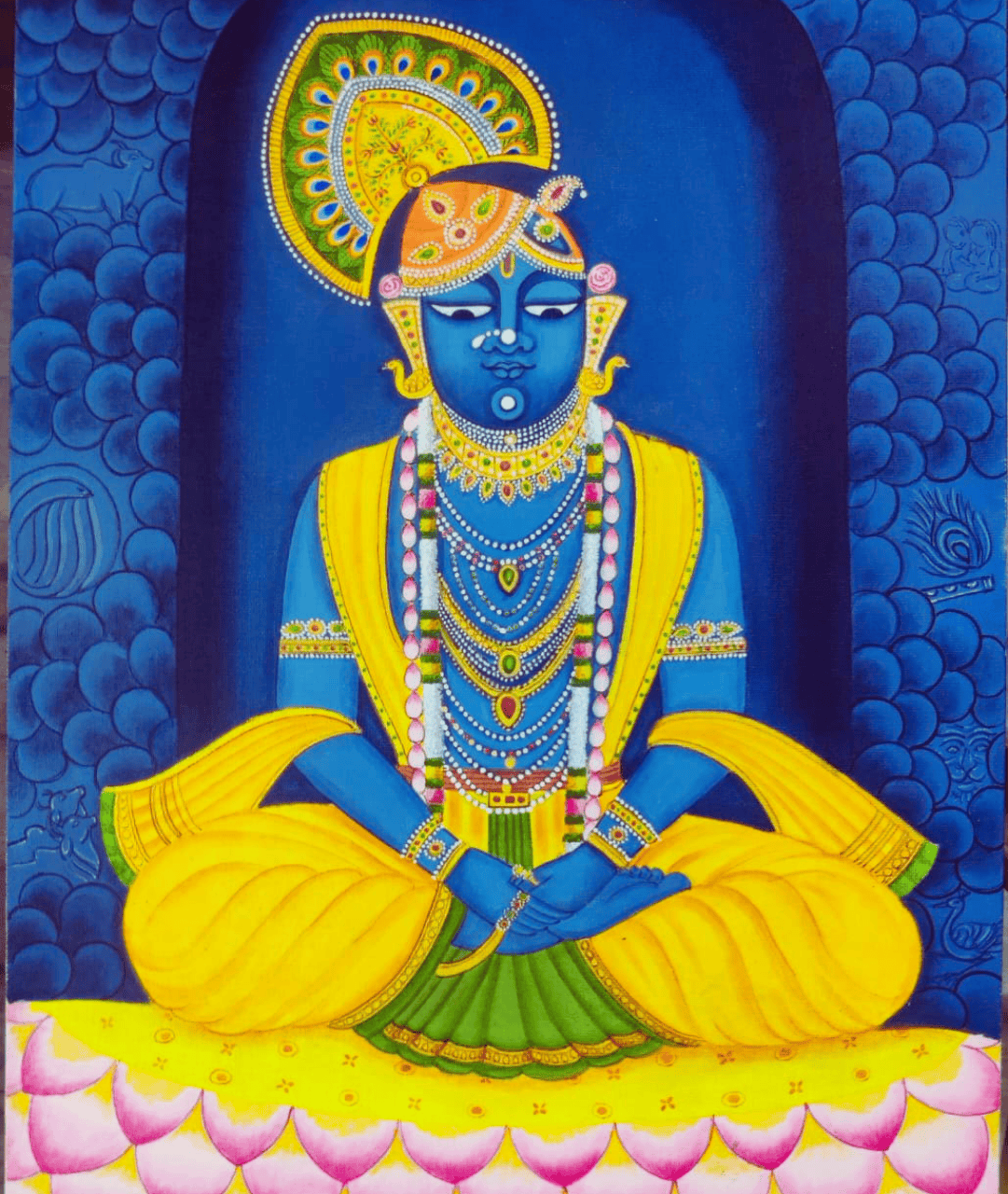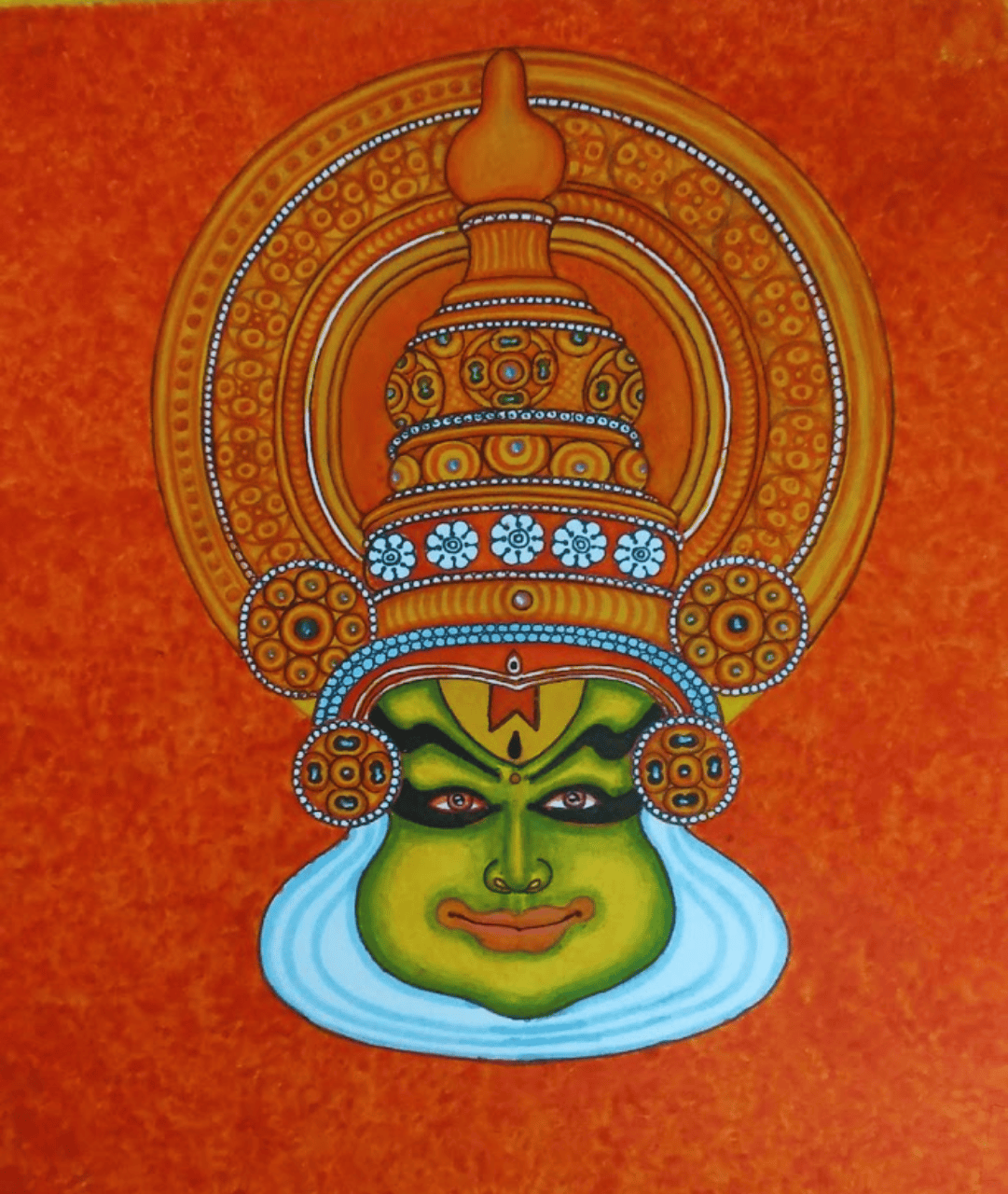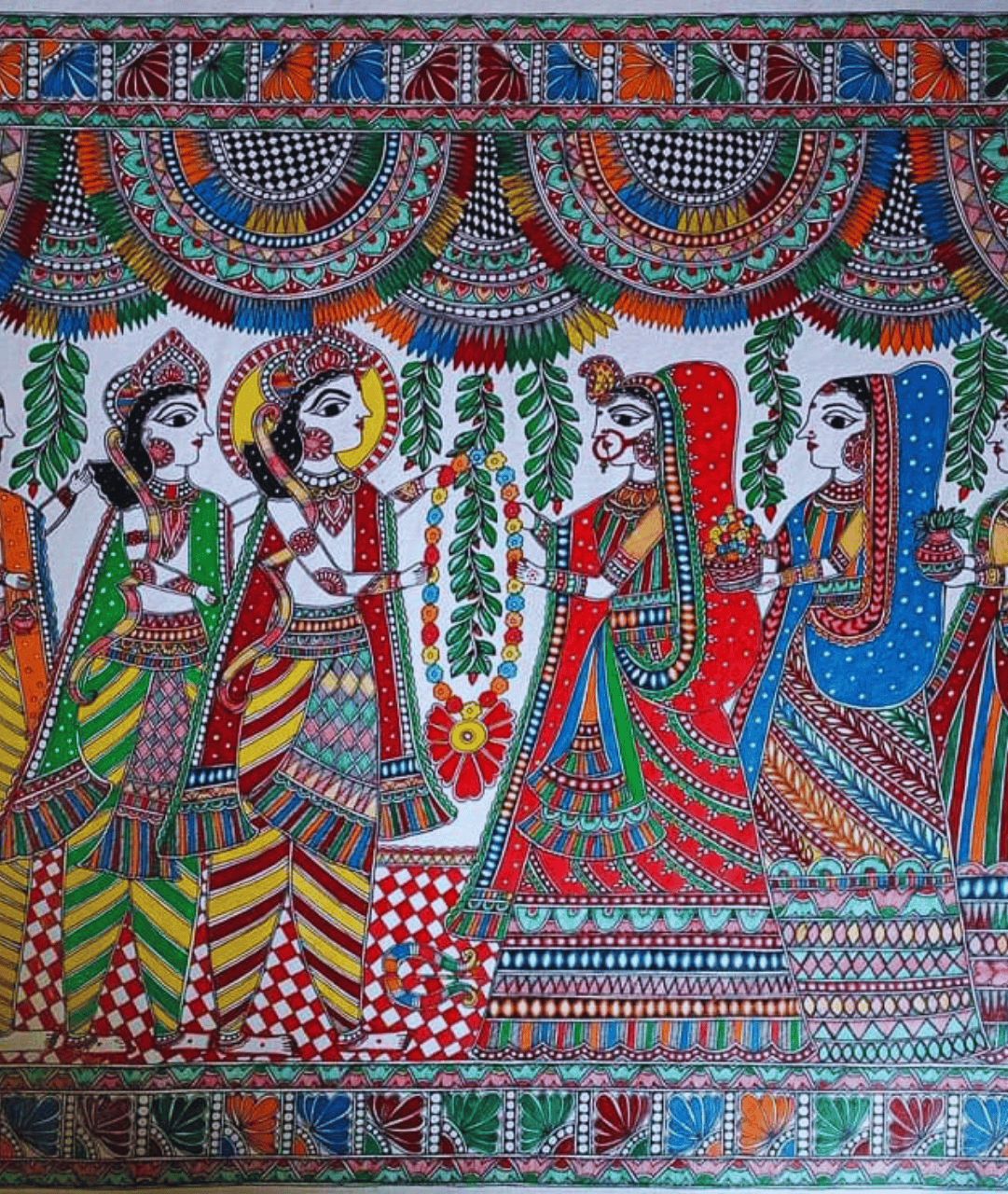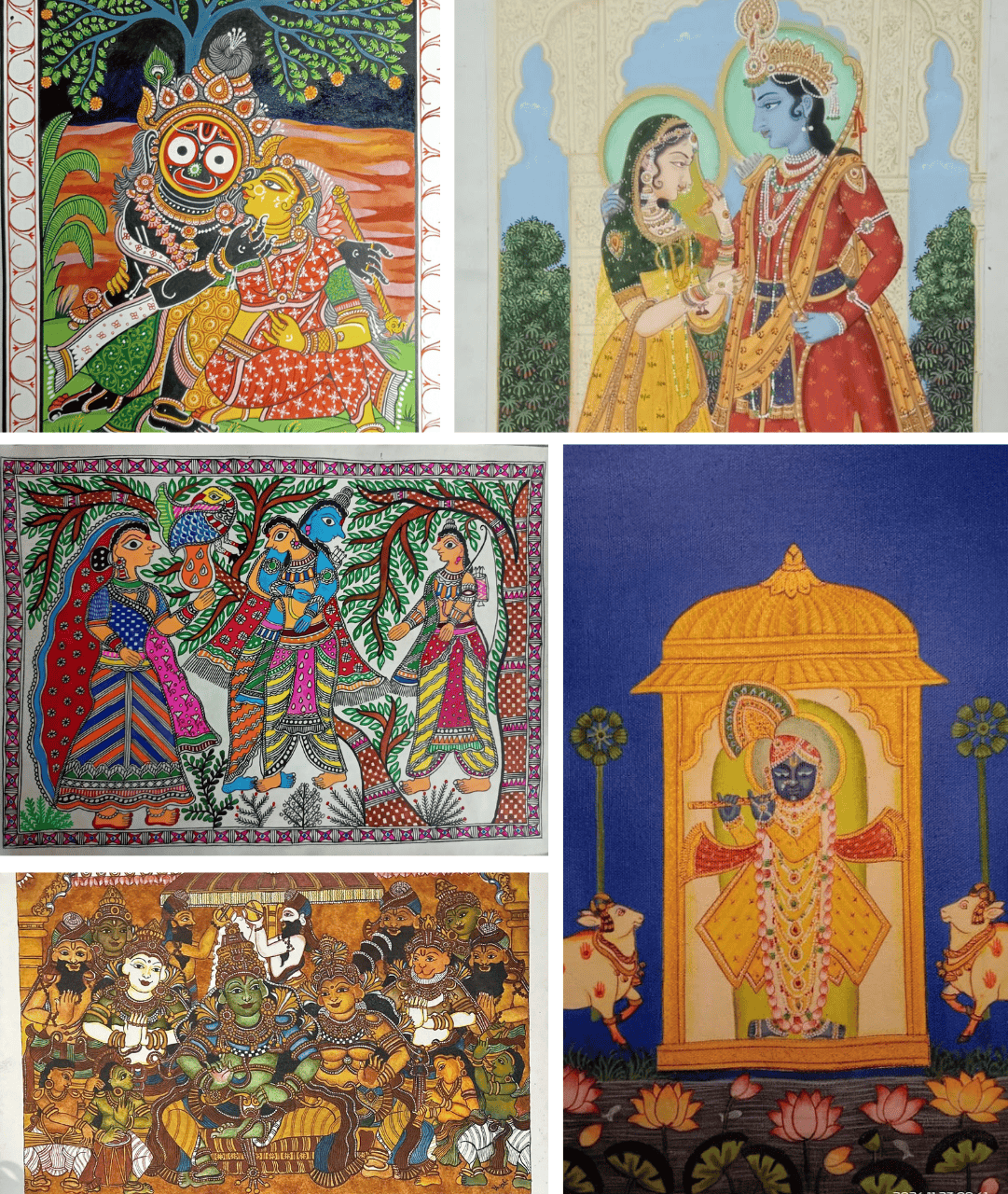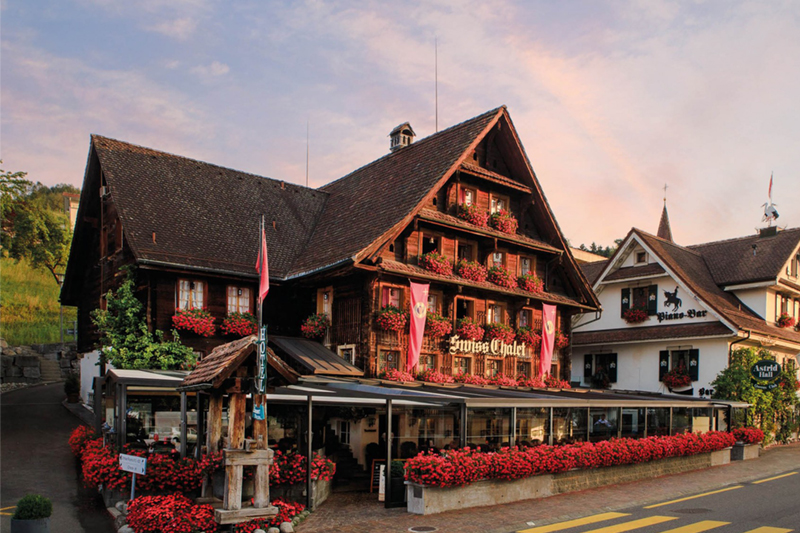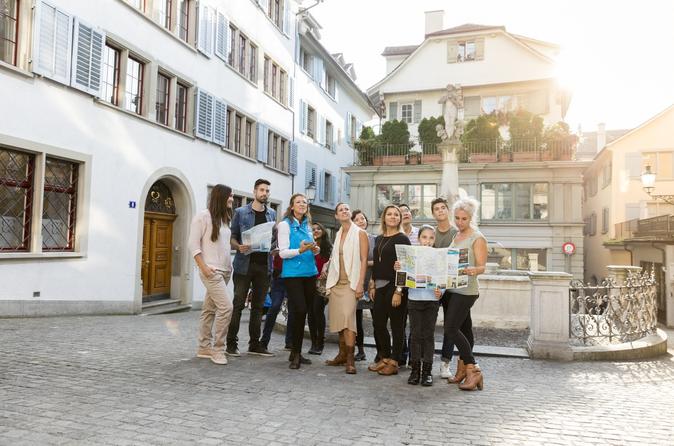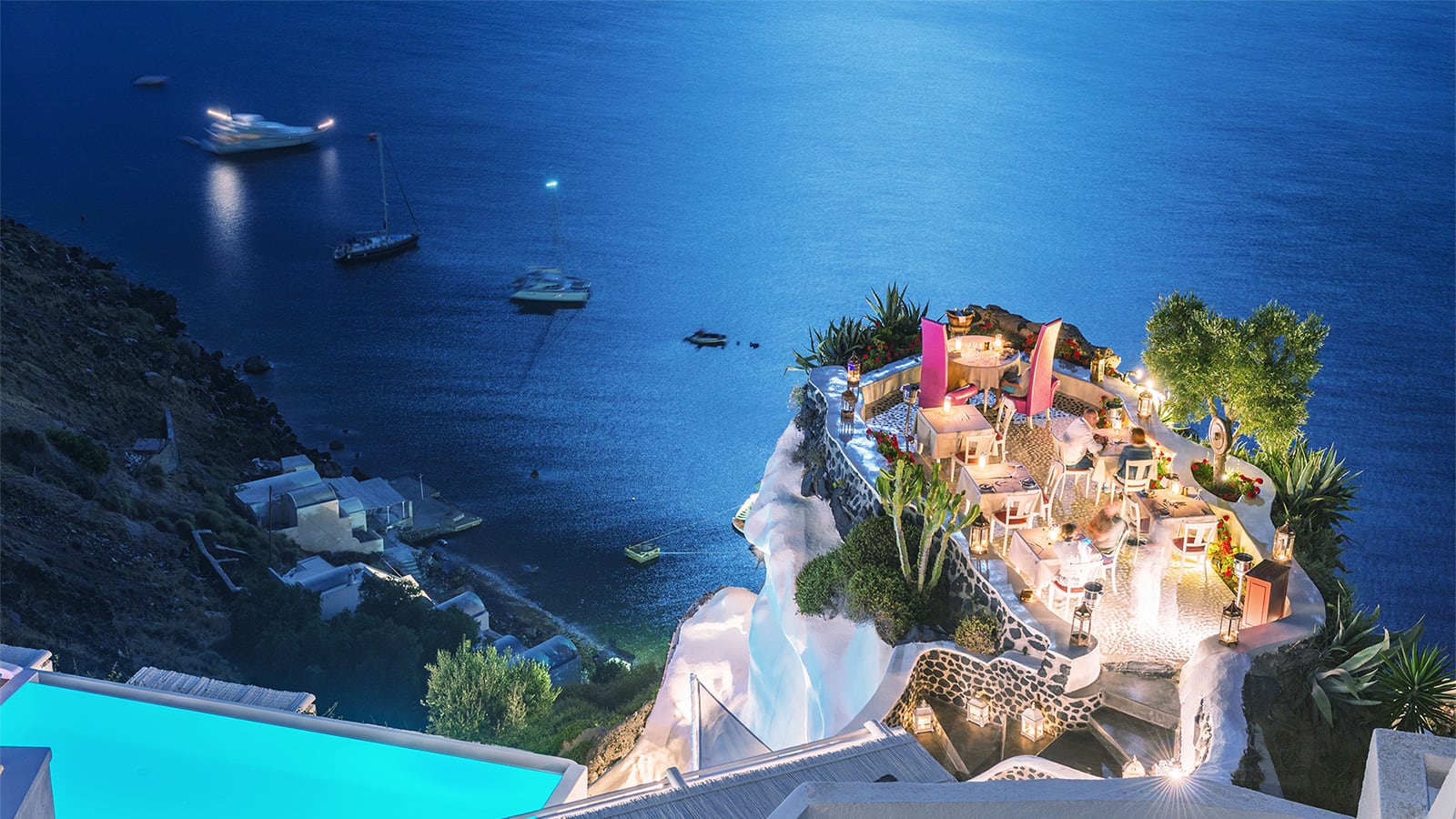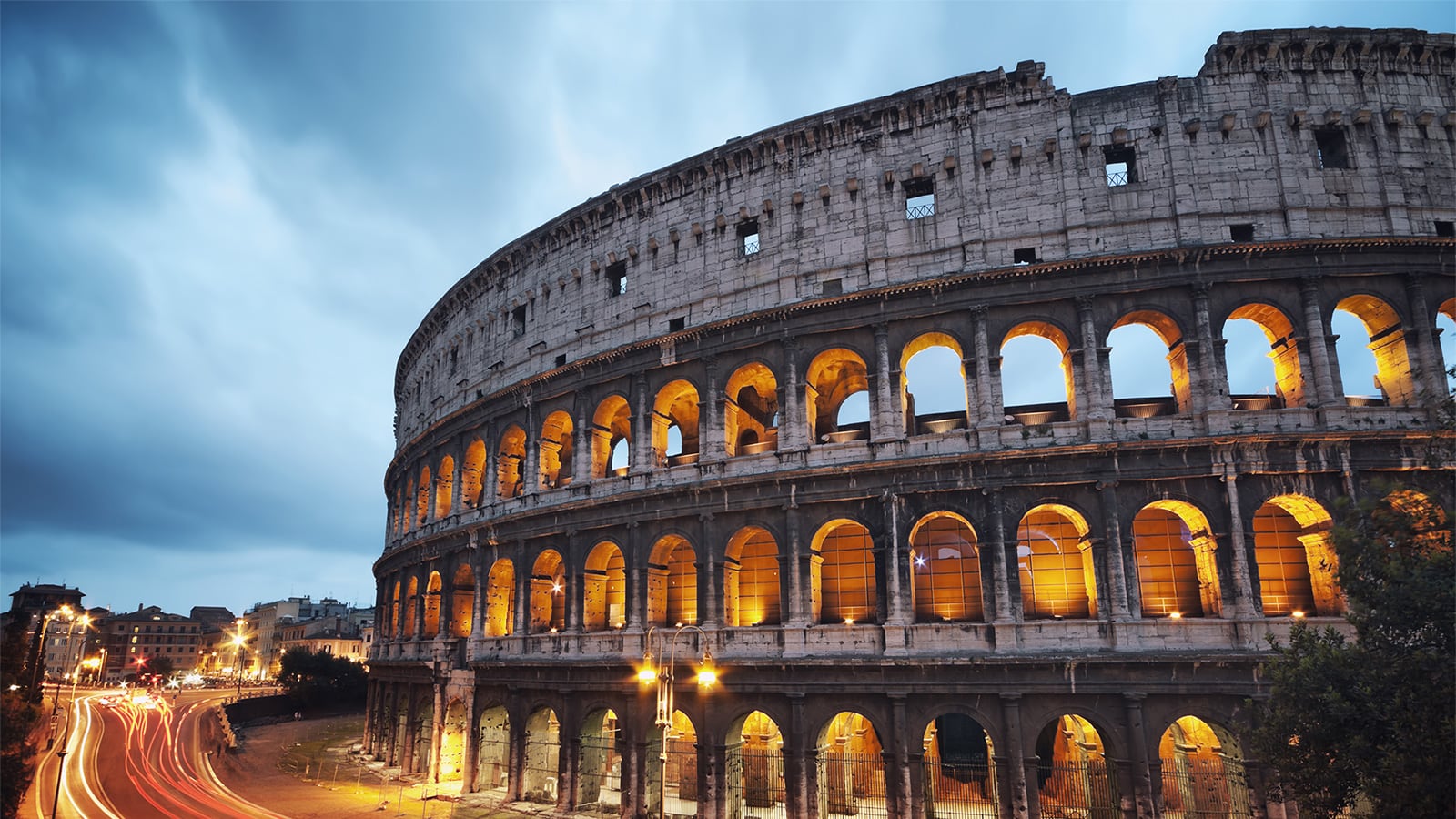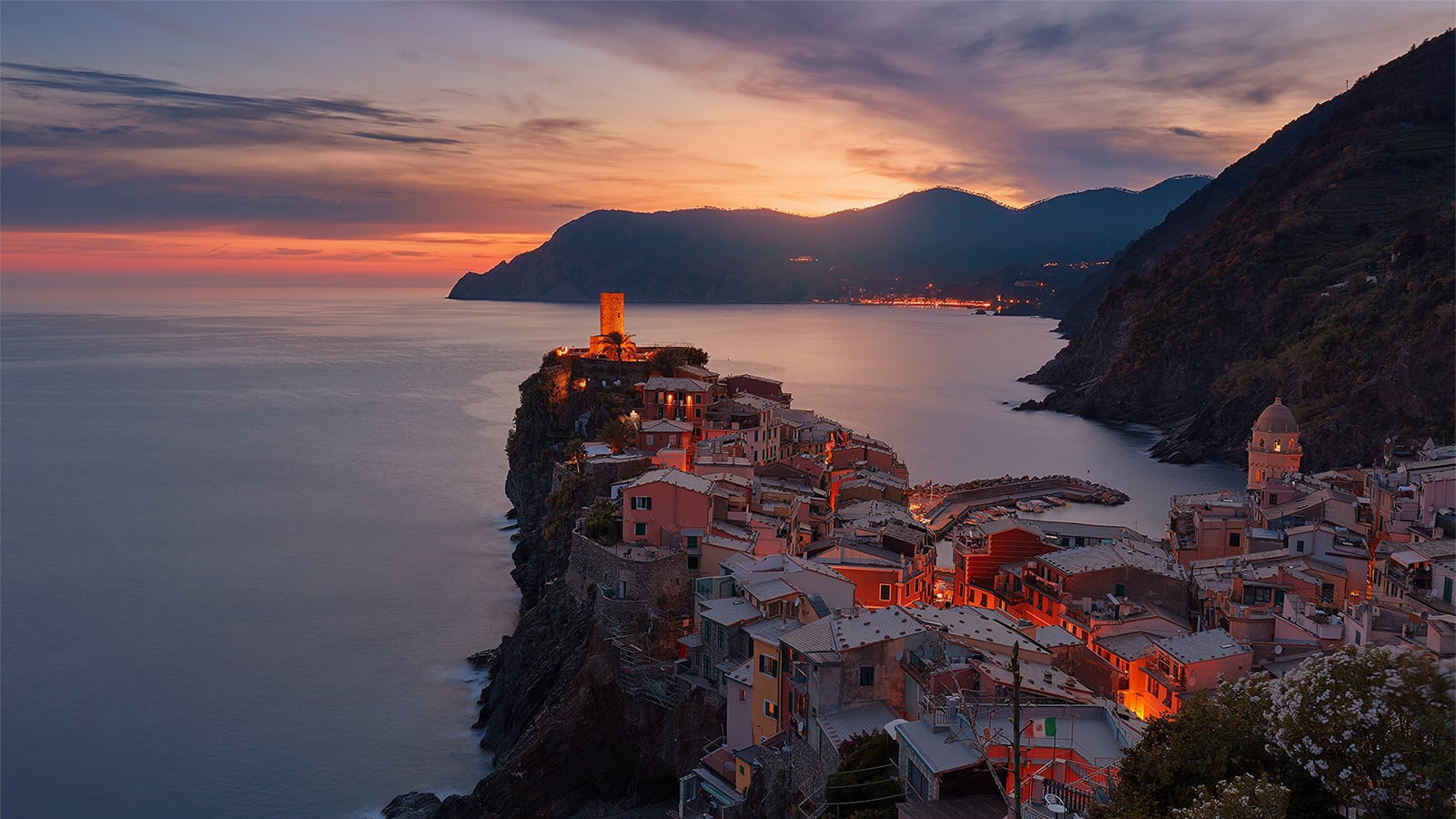What is Madhubani Painting?
Madhubani (or Mithila) painting is one of the most famous folk arts of India. Known for its vivid colors, double-line patterns, and depictions of mythology, rituals, and nature, Madhubani continues to evolve from ancient walls of Mithila homes to contemporary art galleries and fashion runways.
Madhubani or Mithila paintings are instantly recognizable. They feature double-lined contours filled with cross-hatching or smooth running lines, emphasizing the sensuousness of the figures. The faces are marked by large, happy eyes with glowing black pupils that seem to look directly at the viewer. A striking palette of blue, green, pink, orange, and red dominates the art. The imagery draws from a rich tapestry of myths, folklore, rituals, and contemporary life.
Background and Origins of Madhubani Art
Myths say that the King of Mithila, in preparation for Princess Sita's marriage, King Janaka of Mithila gave a unique command. He asked all the women of his kingdom to decorate their homes with paintings, granting them complete creative freedom. Yet, despite this liberty, the women chose a singular focus. Their art became a celebration of life, with vibrant depictions of nature, fertility, and the divine. This stunning tradition, known today as Madhubani or Mithila art, captures the very essence of a sacred and joyful occasion.
Key Milestones in Madhubani Art History
In 1934, a tragic earthquake devastated the Mithila region of northern Bihar, leading to an unexpected discovery. While surveying the destruction, a British officer named W.G. Archer found beautiful paintings on the collapsed mud walls. He was so impressed that he photographed them and published an article in a prominent art journal, introducing the world to what we now know as Madhubani paintings.
Despite Archer's discovery, it took 30 years for the art form to gain wider recognition. In 1964, during a severe drought, the government sent an artist to the region to help the women adapt their traditional wall art to portable mediums like paper and canvas.
Originally, this unique folk art was a ritualistic activity practiced by women of specific castes, primarily Brahmin and Kayastha. However, the art has since evolved, breaking free of its original social and gender constraints. Today, people of all castes and even men practice Madhubani painting on various surfaces, preserving this rich cultural heritage.
Tradition & Practice:
Madhubani painting began as ritual art done by women on mud walls during festivals and ceremonies, with themes like fertility, marriage, nature, and gods. Mythologically, it is linked to King Janaka, who asked women to decorate for Sita’s wedding in the Ramayana. Once caste-specific, it is now practiced by both men and women across communities. Traditional tools included twigs, handmade brushes, and natural pigments, which many artists still prefer today. The art continues to symbolize divinity, auspiciousness, and cultural identity.
Style of Madhubani Painting
Madhubani painting encompasses several distinct styles, each with unique features and cultural significance. Bharni is known for its bold black outlines and vibrant colors like red, green, blue and pink, often depicting mythological themes such as Hindu gods and epics. In contrast, Kachni focuses on fine line work, using monochrome or limited colors with intricate patterns created through hatching and dots, emphasizing precision and elegance. Godna style, rooted in Dalit tattoo traditions, features concetric patterns and tribal motifs, originally in black ink and later in earthy tones, celebrating identify and resistance through local deities like Raja Salhesh. Kohbar paintings are traditionally drawn on nuptial chamber walls and are rich with fertility symbols, representing blessings for marital harmony. Tantrik Madhubani art is deeply spiritual, portraying deities like Maha Kali, Durga, and Ganesh, along with sacred yantras and symbols from religious texts. While Bharni and Kachni were historically practiced by upper-caste women, Godna emerged from marginalized voices. Today, all styles are practiced across communities. Each form transforms cultural beliefs into vibrant visual narratives. Together, they reflect the diversity, devotion, and artistic mastery of the Mithila region.
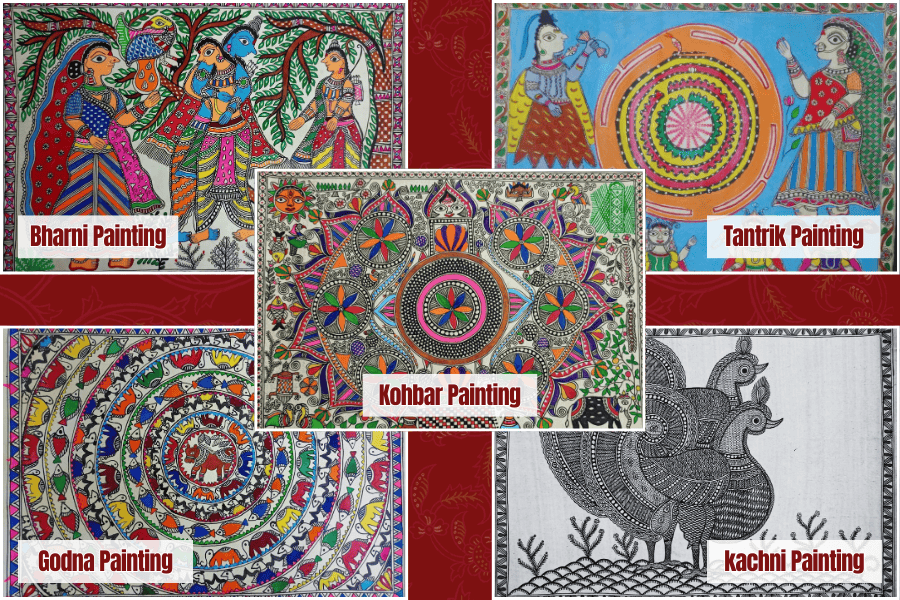
Key Artists and Their Contributions
Madhubani painting gained global fame thanks to the pioneering efforts of women artists who safeguarded and expanded this folk tradition:
Since gaining official recognition in 1975 with the presentation of the Padma Shri award to Jagdamba Devi, the art of Madhubani painting has been honored with numerous prestigious accolades. This initial recognition was followed by Padma Shri awards for Sita Devi in 1981, Ganga Devi in 1990, and Mahasundari Devi in 2011.
In addition to these high honors, many other notable artists have been recognized with National Awards, including Baua Devi, Yamuna Devi, Shanti Devi, Chano Devi, Bindeshwari Devi, Chandrakala Devi, Shashikala Devi, Leela Devi, Godavari Dutta, Bharti Dayal, Chandrabhushan, Ambika Devi, and Manisha Jha.
Hema Devi (Catterfly Master Artist) - Hema Devi is a renowned Madhubani artist from the Mithila region of Bihar. She began learning the art form from her mother, Leela Devi, at the age of 15 and also learned papier-mâché from her mother-in-law, Subhadra Devi. Both her mother and mother-in-law are National Award winners. Hema Devi herself has received several awards, including a National Award for Madhubani painting and a Bihar state award for papier-mâché. She is known for her mastery of both traditional Madhubani styles and for using digital platforms to popularize the art. Her work often features intricate details and storytelling inspired by myths and contemporary events. She is also a dedicated teacher who conducts workshops and trained many young artists.
Their legacy lives on through the next generation of artists. If you wish to learn Madhubani painting online and explore authentic artworks, check out our
Catterfly Madhubani Artist
How to learn Madhubani Paintings
There are two ways to learn Madhubani painting -
Traditional way - In the traditional form, Madhubani painting is passed from one generation to the other. In the Jitwarpur village of Madhubani district, this painting has its roots in every house.
Online Classes - a beautiful art form can also be learned online through accessible and well-structured platforms. For example, offers a variety of engaging and beginner-friendly Madhubani art workshops, making it easy for learners of all ages and skill levels to explore and master the craft from the comfort of their homes, like
Live Workshops, Courses, and
Masterclasses
How Catterfly curates and conducts Art workshops
We thoughtfully curate themes for our artwork, drawing inspiration from a variety of sources, including mythological stories, nature, festivals, and cultural traditions. Our master artist, Hema Devi ji, plays an active role in the theme selection process, offering her invaluable insights and expertise. While we occasionally explore digital sources for reference, we use them solely for inspiration—ensuring that every final painting is an original creation, not a replication. This careful approach allows us to preserve the authenticity of the art while staying creatively connected to both tradition and contemporary relevance.
Learn Madhubani Painting with Catterfly
If you’re inspired to explore this timeless art form, Catterfly offers multiple ways to learn Madhubani painting:
Live Workshops – Engage in a truly immersive learning experience by interacting directly with master artists in real-time. These live sessions allow you to ask questions, receive immediate feedback, and gain valuable insights into traditional techniques and styles. You’ll be guided step by step through the painting process, with expert tips and demonstrations that bring the art to life. This interactive format not only deepens your understanding but also creates a personal connection with the artist, making each session both enriching and inspiring. Whether you're perfecting your strokes or exploring new motifs, you’ll have the rare opportunity to learn firsthand from seasoned experts in a supportive, collaborative environment.
Masterclasses – Enjoy the flexibility of learning at your own pace through a thoughtfully designed program that includes structured lessons, recorded sessions, and step-by-step guidance. Whether you're a beginner or looking to refine your skills, each module is crafted to help you progress confidently and comfortably. With access to high-quality recordings, you can revisit lessons anytime, allowing for a deeper understanding and consistent practice. Our expert instructors provide personalized feedback and detailed instruction, ensuring a rich and supportive learning experience tailored to your individual journey in the art form.
Madhubani Courses - Learn the art of creating traditional motifs—from beginner to advanced levels—at your own pace through a comprehensive and well-structured learning experience. Our program is thoughtfully designed with step-by-step lessons, high-quality recorded sessions, and detailed guidance to support your artistic journey at every stage. Whether you’re just starting out or looking to refine your skills, you’ll explore a wide range of motifs, from simple patterns to complex traditional designs. Each lesson builds progressively, allowing you to develop confidence and mastery over time. With the flexibility to learn whenever and wherever you choose, and the support of expert instruction, you’ll gain a deep understanding of motif work while staying connected to the rich heritage of the art form.
Catterfly: Bridging Traditional Indian Art and Technology
Catterfly is a platform that uses technology to help Indian traditional artists earn a living by connecting them with a global audience. Through interactive Zoom sessions, participants learn art directly from master artists. The platform uses Google Classroom to provide a seamless learning experience, with sections for materials lists, step-by-step images, and recorded videos of the live sessions. This structure allows participants to learn at their own pace and submit their work for personalized feedback from the artists. This model not only supports the artists financially but also offers a therapeutic and engaging experience for learners, ensuring the preservation of these rich cultural art forms.
Conclusion
From the sacred walls of Mithila homes to global art exhibitions and modern fashion ramps, Madhubani painting represents resilience, creativity, and India’s cultural pride. With growing interest in art tourism, heritage preservation, and digital platforms, Madhubani is set to thrive as both a living tradition and a global art form.
